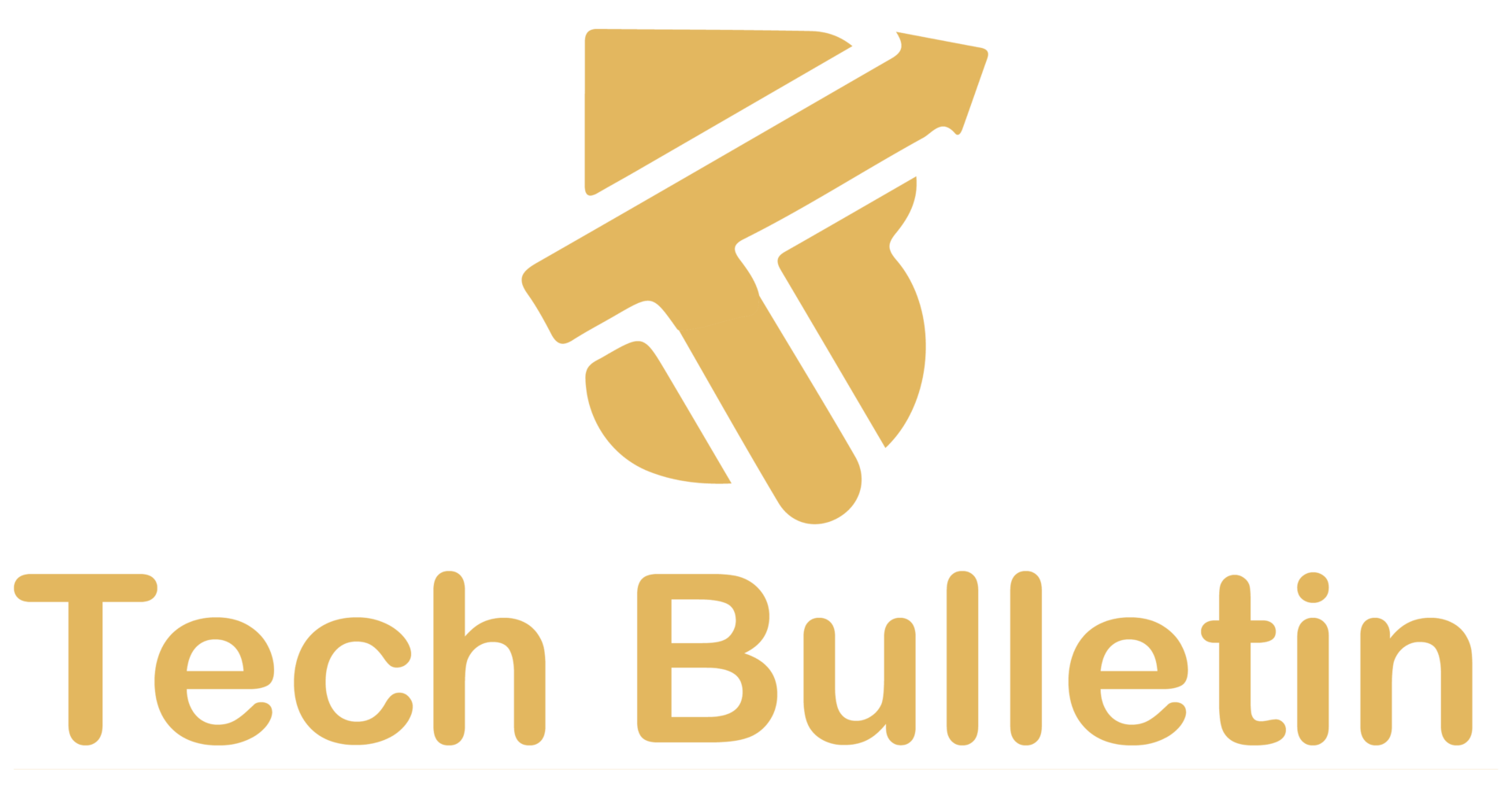Triple-Entry Accounting vs. Double-Entry Accounting: What’s the Difference?

Accounting systems form the backbone of this ecosystem, ensuring every transaction is recorded, verified, and auditable. While double-entry accounting has dominated financial systems for centuries, a revolutionary concept, triple-entry accounting, is gaining traction, especially in the era of blockchain.
This article explores the crucial distinctions between these two systems, their real-world implications, and whether triple-entry will redefine how we handle financial records.
Understanding Double-Entry Accounting

Definition and Core Principles
Double-entry accounting is a system where every financial transaction affects at least two accounts—one debit and one credit. Introduced by Luca Pacioli in the 15th century, this method ensures balance in the financial equation:
iniCopyEditAssets = Liabilities + Equity
The Fundamental Equation
Let’s say a company purchases equipment worth $1,000 in cash. In double-entry accounting:
- Equipment (Asset) increases by $1,000
- Cash (Asset) decreases by $1,000
Both sides remain in equilibrium.
Real-World Applications and Use Cases
Today, every business from startups to multinationals uses double-entry accounting via platforms like QuickBooks, Xero, or SAP. It enables:
- Accurate bookkeeping
- Informed financial decision-making
- Audit preparation
Advantages of Double-Entry Accounting

Accuracy and Error Detection
Because each entry must be matched, discrepancies are easier to detect, helping prevent misstatements.
Audit Readiness
The dual-entry nature helps auditors trace the flow of transactions, ensuring records are verifiable.
Standardized Financial Reporting
Globally accepted standards (like IFRS and GAAP) are based on double-entry principles, making it the foundation for most financial systems.
Limitations of Double-Entry Accounting
Vulnerability to Fraud
Though errors can be identified, fraudulent entries by insiders can still go undetected.
Dependency on Human Integrity
The system relies on accountants’ inputting correct data. Human error or intentional misreporting remains a challenge.
Difficulty in Verification without External Auditors
Double-entry systems require third-party audits to ensure trust, adding cost and time.
What is Triple-Entry Accounting?

Concept Overview
Triple-entry accounting introduces a third component: a cryptographically secure, shared ledger entry verified by an independent third party, typically using blockchain technology.
How Blockchain Enables Triple Entries
In addition to traditional debit and credit entries, the transaction is recorded on a blockchain, creating an immutable digital receipt.
Origin and Evolution of the Concept
First proposed by economist Ian Grigg in the early 2000s, the concept gained momentum with blockchain’s rise, offering a novel way to enhance financial trust.
The Triple-Entry Ledger Explained

Cryptographic Receipts and Digital Signatures
Each transaction is encrypted and digitally signed by both parties, eliminating ambiguity.
Third-Party Verification via Distributed Ledger
Transactions are stored on a decentralized network, validated by multiple nodes, making them tamper-resistant.
Immutable and Transparent Recordkeeping
Once recorded, entries cannot be altered, boosting credibility and security.
Benefits of Triple-Entry Accounting
Fraud Prevention
Immutable records reduce the chances of falsification and financial fraud.
Real-Time Audits and Transparency
Auditors and stakeholders can access the ledger anytime, speeding up reviews and compliance.
Reduced Operational Costs
Fewer audit requirements and manual reconciliations lead to long-term savings.
Challenges of Implementing Triple-Entry Accounting
Technological Barriers
Blockchain implementation demands significant IT infrastructure and expertise.
Lack of Standardization
There’s no unified global standard yet for triple-entry systems, slowing adoption.
Regulatory and Adoption Hurdles
Governments and regulatory bodies are still evaluating the legal implications.
Key Differences Between Double and Triple Entry
| Feature | Double-Entry Accounting | Triple-Entry Accounting |
|---|---|---|
| Ledger | Centralized | Decentralized |
| Verification | Internal, Auditor-Based | Blockchain-Based, External |
| Tamper Resistance | Moderate | High |
| Fraud Detection | After-the-fact | Real-Time |
| Transparency | Limited | Public or Consortium-Based |
| Technology Required | Basic Accounting Software | Blockchain Infrastructure |
Industry Adoption of Triple-Entry Accounting
Current Use Cases in Crypto and FinTech
Crypto platforms like Ethereum and Tezos utilize triple-entry concepts for decentralized finance (DeFi) operations.
Pioneers and Early Adopters
Startups such as Balanc3 and ConsenSys are pioneering blockchain-based accounting tools.
Case Studies and Proof of Concepts
Companies like Armanino LLP are developing blockchain-based attest platforms to speed up audits.
Impact on Auditing and Financial Reporting

Automated Compliance and Reporting
Smart contracts can automate tax filings and compliance checks.
Changes to the Role of Auditors
Auditors will shift from data verifiers to analysts and consultants.
The Future of Financial Transparency
Real-time data access means stakeholders can make faster, better decisions.
Cost Implications and ROI
Initial Setup and Long-Term Savings
Blockchain implementation may be expensive initially, but it reduces audit and reconciliation costs.
Efficiency Gains vs. Training Costs
While there’s a learning curve, operational efficiency improves significantly.
Comparative TCO (Total Cost of Ownership)
Triple-entry offers lower TCO over a 5–10 year horizon for mid-to-large organizations.
Regulatory and Legal Perspectives
Compliance with IFRS and GAAP
Regulations haven’t fully caught up with blockchain. However, frameworks are evolving.
Legal Challenges in Smart Contracts
Smart contracts are enforceable in some jurisdictions but still face legal gray areas.
Governmental Stance on Blockchain in Accounting
Progressive governments like Estonia are already piloting blockchain for public finance.
How to Transition to Triple-Entry Accounting
Step-by-Step Implementation Roadmap
- Assess feasibility and risk
- Choose a blockchain platform
- Train staff and stakeholders
- Integrate with existing ERP systems
- Pilot and iterate
Choosing the Right Blockchain Platform
Options include Ethereum, Hyperledger, and Tezos, each with different features.
Training and Change Management
Invest in training programs to ease the shift and promote user adoption.
Future Outlook: Will Triple-Entry Replace Double-Entry?
Predictions and Trends
Experts predict a hybrid model, where double-entry remains for internal reporting, while triple-entry supports transparency and audits.
Expert Opinions and Surveys
Surveys show 60% of CFOs are exploring blockchain for accounting.
Timeline for Mainstream Adoption
Mainstream adoption could occur within 5–10 years, driven by demand for real-time auditing.
FAQs
Q1: Is triple-entry accounting legally accepted?
Currently, it’s not formally recognized by all regulatory bodies, but many are developing frameworks to support it.
Q2: Can triple-entry replace double-entry entirely?
Not yet. Most companies use it as a supplementary system, especially in blockchain-related transactions.
Q3: What industries benefit most from triple-entry?
Finance, logistics, and supply chain management are among the top beneficiaries.
Q4: Are there free tools for triple-entry accounting?
Yes, open-source platforms like Hyperledger offer tools, though technical expertise is required.
Q5: Is blockchain safe for accounting?
Yes. Blockchain uses cryptography, making it extremely secure and tamper-proof.
Q6: How can small businesses adopt triple-entry?
They can partner with blockchain service providers offering SaaS solutions without high upfront costs.
Conclusion
While double-entry accounting has stood the test of time, triple-entry accounting introduces transformative benefits security, transparency, and real-time verification. Though challenges remain, the future points toward an integrated financial world where blockchain and triple-entry reshape how we perceive trust in numbers.





